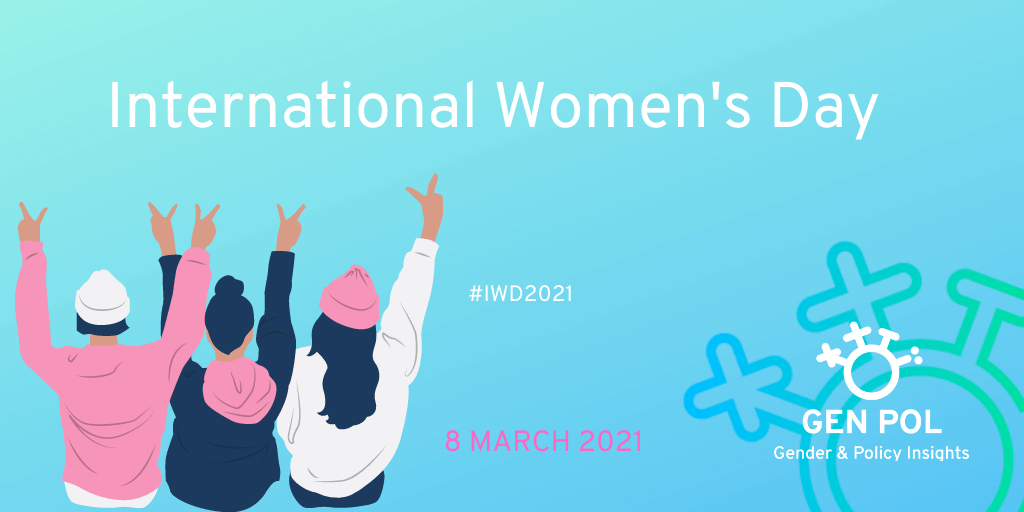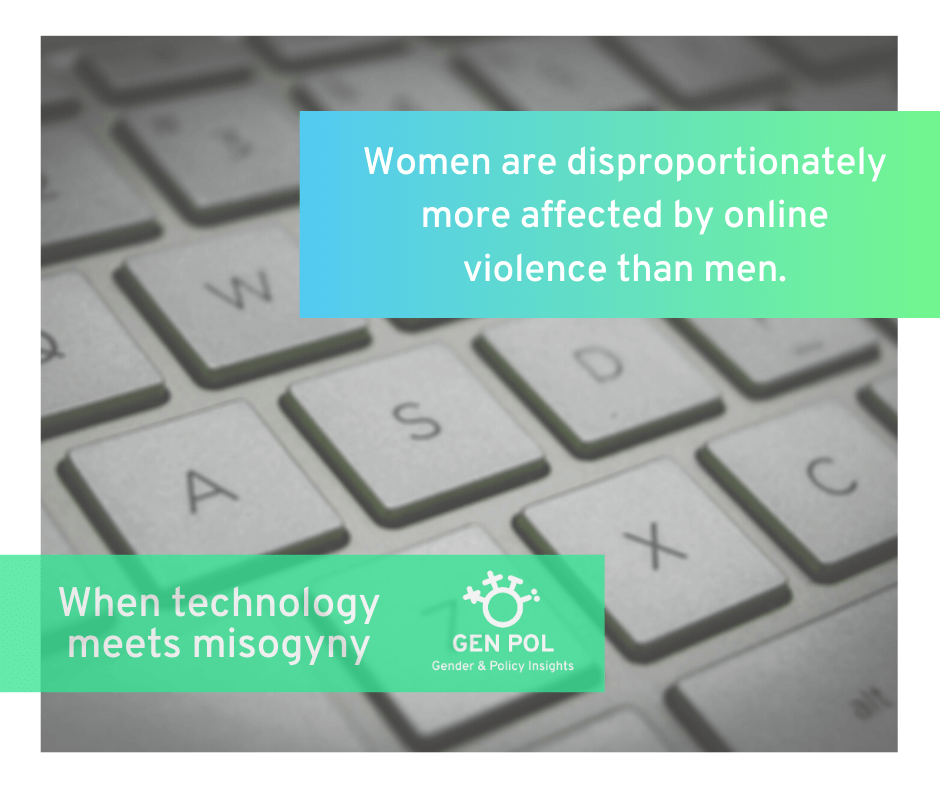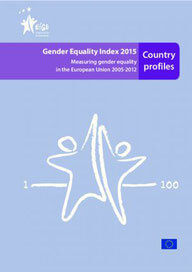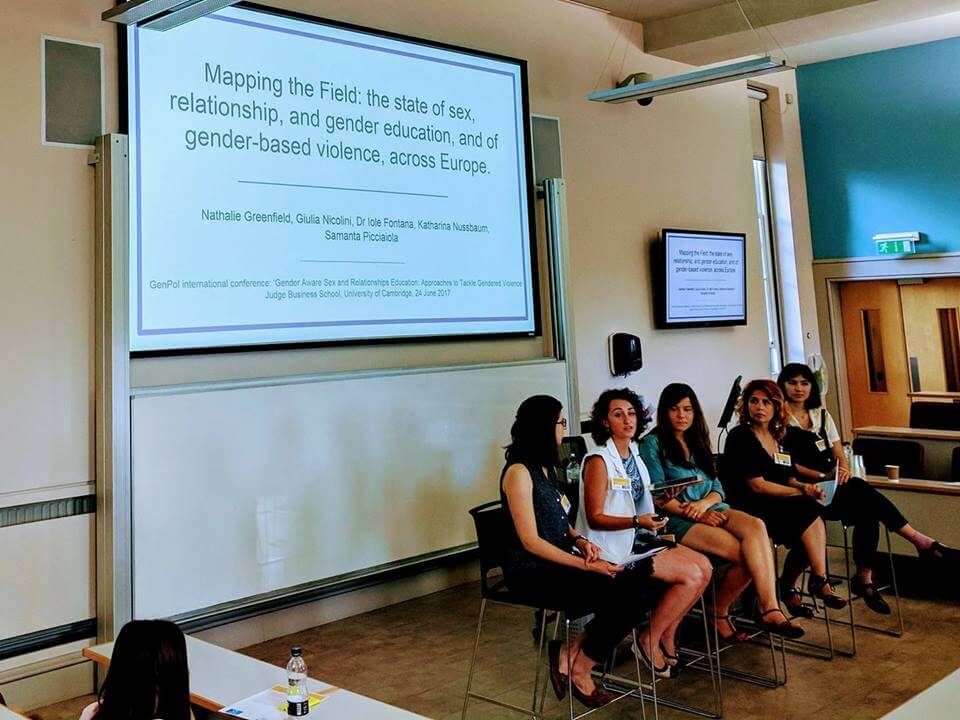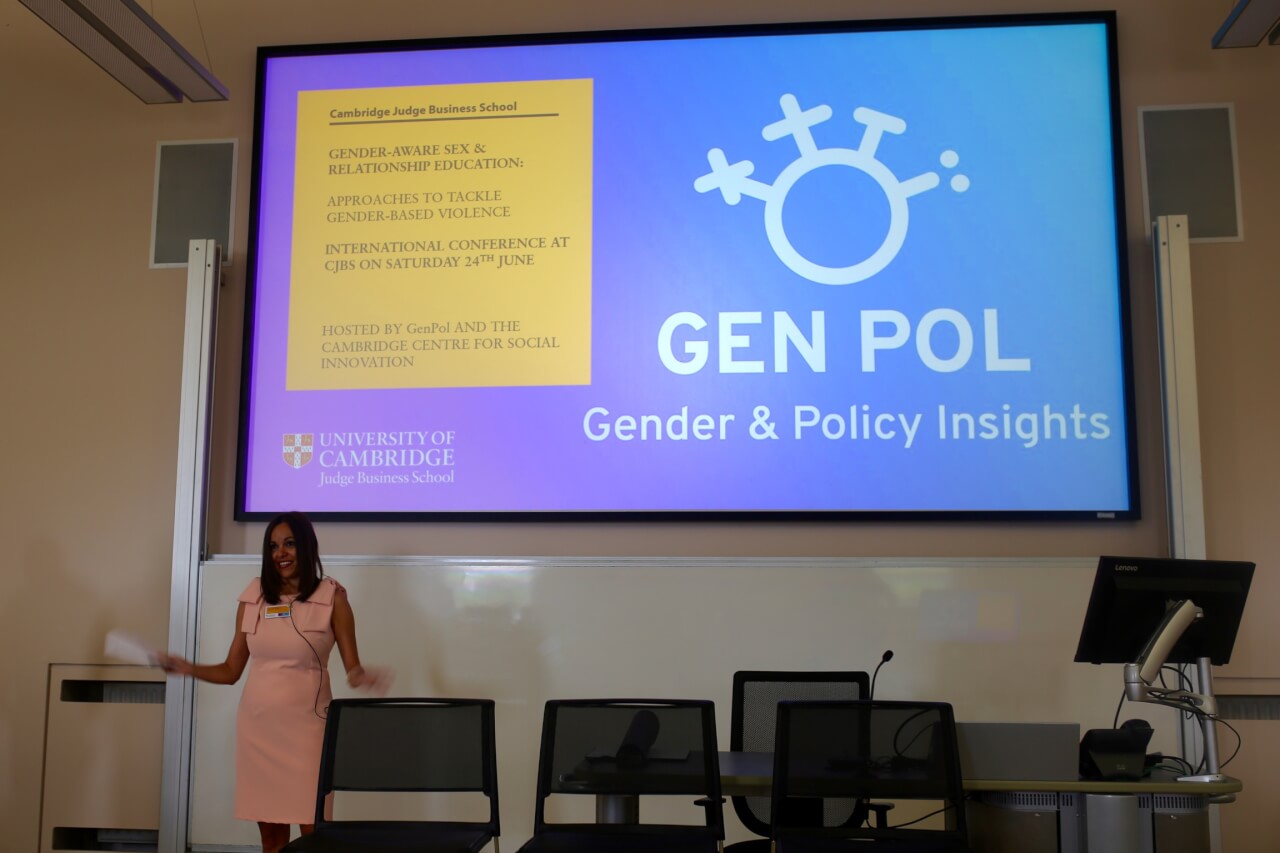
This piece is part of a series connected to GenPol’s work on parental leave in the UK and beyond. It is based on an interview between GenPol directors (Ellen Davis-Walker and Chiara De Santis) and Seira Yun of the International Committee of the Red Cross (ICRC), who is currently researching Paternity Leave in Japan at the Cambridge Centre for Social Innovation. We really enjoyed his personal take on the unique dynamics that underpin these parental leave provisions. We hope you will too!
****************************************
What is the current situation facing new (or prospective) parents in Japan?
New (or prospective) parents in Japan can benefit from a very generous parental leave regime if they want to, but only few fathers take up these benefits.
Japan has one of the best statutory paternity leave regimes with regards to its length and leave payment. Concerning the length of the leave, each parent can take parental leave, as an individual entitlement, until the child is 12 months old. A parent on leave receives sixty-seven per cent of their salary for the first six months, then fifty per cent of the salary for the remainder. In addition, the leave payment is not taxable and the recipients are not subject to social security contributions. These leave benefits are funded by the Employment Insurance system, which is financed by contributions from employees, employers and the state.
This generous parental leave policy is related to the concerns in shrinking population. Given Japan’s low birth rate the Japanese government has been implementing policies to encourage more women to work and reproduce in order to maintain the labour force needed to sustain the social security system of an aging society. One of these policies is a generous paternal leave policy so that women can have children without sacrificing too much of their career.
However, very few working fathers actually take up the paternity leave benefits they are legally entitled to. According to a survey conducted by Japan’s Ministry of Health, Labour, and Welfare, the uptake rate of parental leave taken by fathers increased from 3.16 per cent in 2016 to 5.14 per cent in 2017 (compared with 83.2 per cent for working mother), which marked the highest percentage since the survey began in 1996 . In 2016, out of 3.16 per cent of the fathers who took paternity leave, more than 80% took less than one month of leave, and 56.9% took less than five days. The paternity leave uptake rate in Japan is significantly lower than in counties such as Sweden (88.3 per cent), Norway (90 per cent), Iceland (81 per cent), and France (62 per cent).
Why did you want to research the topic? What exactly drew you to it?
The idea for this research was born during a conversation with my wife. My wife and I discussed having a child, as well as practical arrangements for childcare because we both had full-time jobs. Given that we are both feminists, we’ve decided that I, as the father of any potential children, should take an equal, if not greater, share of childcare responsibility than my wife. As such, I started to study the paternity leave policy in Japan. I was happy to find out that Japan has a generous statutory paternity leave regime compared to other countries. However, I was shocked by the huge gap between a generous statutory paternity leave policy and an extremely low uptake rate. I then started to search for information explaining the reasons for this discrepancy. While I found numerous studies on the same topic but conducted in different countries, I was not able to find academic articles examining the Japanese situation, except for a few.
Then I came across the case of Sony: an interesting case in regards to paterity leave; Sony has an extremely high rate of paternity leave uptake at approximately fifty per cent. However, there has been no academic research examining how Sony was able to change its organizational culture to encourage its male employees to take paternity leave. That’s why I decided to study Sony in order to understand how companies can change their organizational culture in order to create a conducive environment for working fathers to take up paternity leave.
What’s distinctive about Japan as a case study? What can we, and our readers, learn from it?
As mentioned above, Japan is an extreme case in the sense that there is a huge gap between what is available for fathers and what they actually take up. We can learn from the case of Japan that just because we have a generous paternity leave regime, does not mean we can use it in practice. In other words, policymakers should be aware of the environment and set realistic policies at first and gradually get closer to the ideal. My friend Alexander Zapesochny gave me a valuable insight that perhaps more fathers in Japan would have taken paternity leave if the length of leave available were only four weeks. Because the gap between reality and ideal was so huge, for many, paternity leave exists only on paper. The case of Japan could provide an example that a ‘staircase’ approach rather than an ‘elevator’ approach get you faster to your destination.
In addition, the case of Sony could provide the readers with valuable lessons on how we can create a conducive environment for fathers to take paternity leave even in a context like Japan where the majority of the population have not embraced the idea of paternity leave.
What do you think about the question of shared parental leave in addition to paternity leave? Can you outline your thoughts on these?
I believe that shared parental leave will not result in promoting gender equality, because the vast majority of shared leave will be used by the mother due to financial reasons and gender stereotypes. For instance, in Norway, the fathers’ uptake rate of shared parental leave was quite low until 1993 where the Norwegian government successfully increased the rate by reserving four weeks for fathers. If we want fathers to take parental leave, it should be an individual entitlement.
What do you think can be done to motivate employers to adopt and promote these policies in the workplace?
Firstly, researchers could conduct a quantitative analysis on the financial benefits of paternity leave. In fact, a study suggests that it is financially beneficial for employers if more male employees take up paternity leave because the recipients showed more job satisfaction and retention rate, both factors exceed the cost of their temporary absence. We need to mainstream this aspect of paternity leave. Second, brave people need to be the first ones to take paternity leave within the firm. Studies have shown that, once someone has taken paternity leave, many men follow suit many men follow suit. We need more trailblazers.
















